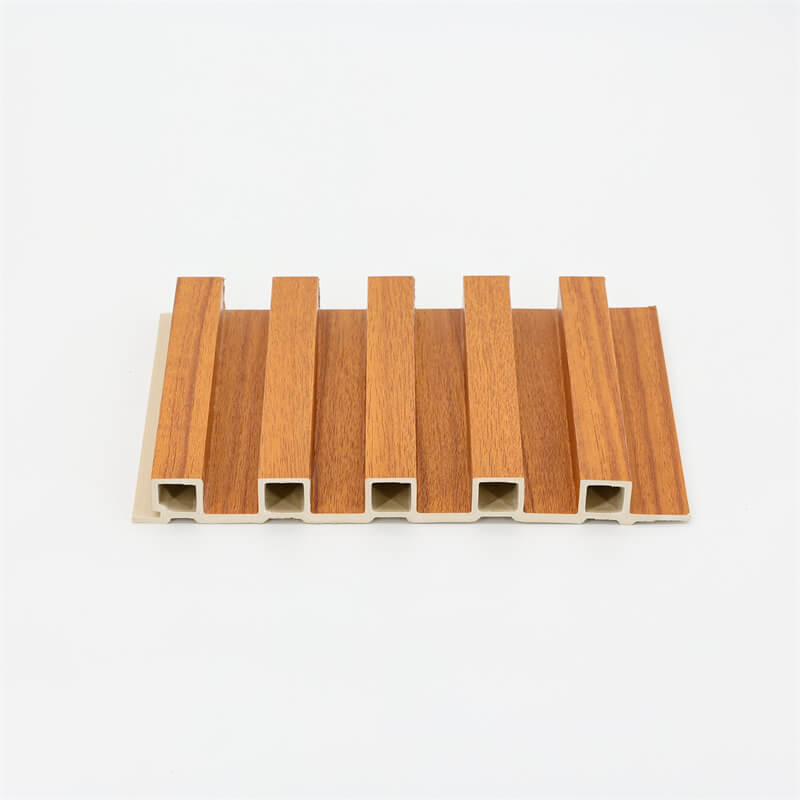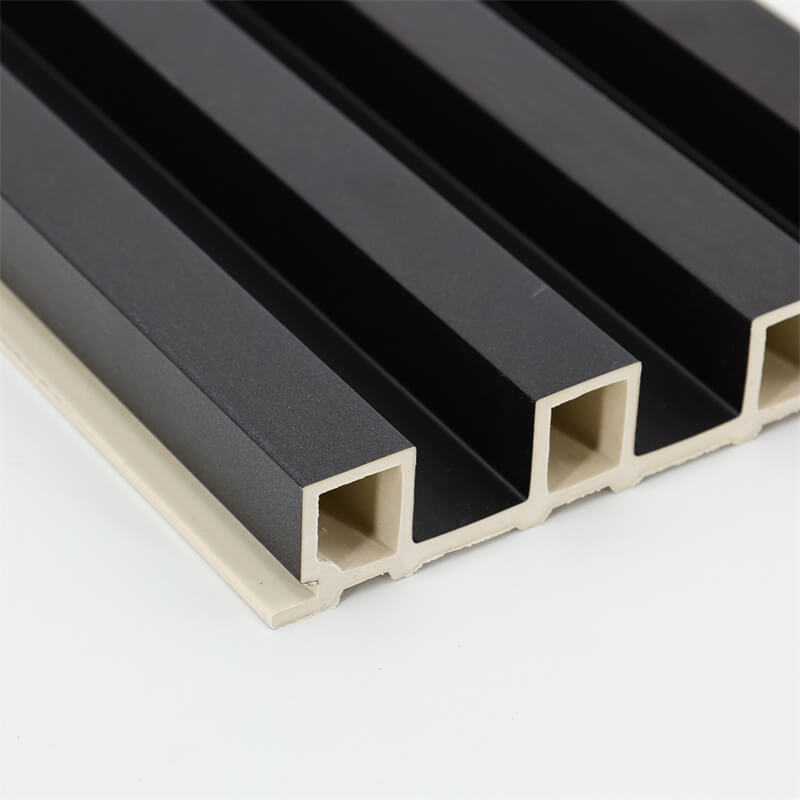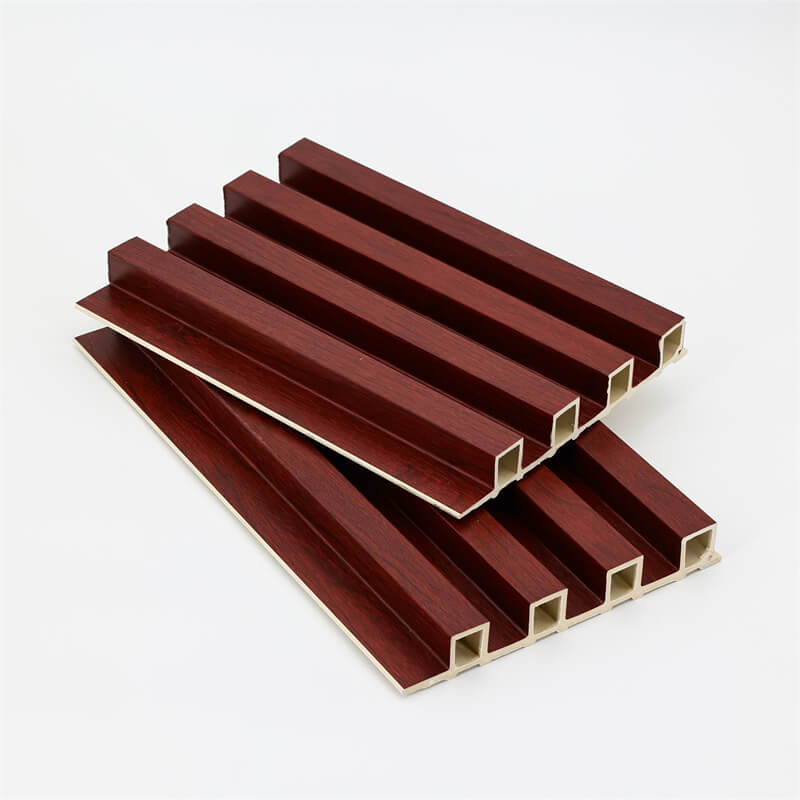
Wall panels are an essential element of interior and exterior design, enhancing the aesthetics and functionality of any space.
Wood Plastic Composite (WPC) wall panels have gained significant popularity in recent years due to their unique properties, combining the advantages of both wood and plastic.
This comprehensive guide aims to explore the benefits, installation process, and maintenance tips for WPC wall panels, enabling homeowners, architects,
and builders to make informed decisions when incorporating them into their projects.
I. Understanding WPC Wall Panels
Before delving into the specifics of WPC wall panels, it is crucial to grasp the fundamentals of this innovative material.
WPC is a composite material made from a combination of wood fibers and thermoplastics, usually recycled polyethylene or polypropylene.
The integration of wood and plastic results in a highly versatile material that exhibits exceptional durability, weather resistance, and sustainability.
Benefits of WPC Wall Panels

- Durability and Strength: WPC wall panels boast remarkable durability and strength due to the presence of wood fibers and the protective plastic layer. This robustness ensures the panels can withstand impacts, making them ideal for high-traffic areas or spaces where they may be exposed to rough usage.
- Moisture Resistance: One of the significant advantages of WPC wall panels is their innate ability to resist moisture. Unlike traditional wood panels, WPC panels are not prone to swelling, warping, or rotting when exposed to moisture, making them perfect for bathrooms, kitchens, and humid climates.
- Eco-Friendly: WPC wall panels are an environmentally friendly alternative to conventional wood panels, as they are primarily composed of recycled materials. By utilizing recycled wood and plastic, these panels help reduce the demand for virgin resources, promoting sustainability and reducing environmental impact.
- Versatility in Design: WPC wall panels offer extensive design possibilities, enabling homeowners and designers to choose from various colors, textures, and patterns. Whether a contemporary or traditional aesthetic is desired, WPC panels can be customized to suit any style.
- Low Maintenance: Compared to natural wood panels, WPC wall panels require minimal maintenance. They do not need to be stained or sealed regularly, and simple cleaning with water and mild detergent is sufficient to keep them looking fresh and appealing.
- UV Resistance: The plastic coating on WPC wall panels provides excellent UV resistance, preventing fading and discoloration caused by exposure to sunlight. This ensures that the panels retain their vibrant appearance for an extended period.
II. Installation of WPC Wall Panels
Installing WPC wall panels is a straightforward process, but attention to detail is essential to achieve a flawless and long-lasting result. Here is a step-by-step guide to the installation:
- Preparation: Ensure the surface where the panels will be installed is clean, dry, and flat. Remove any dust, debris, or loose paint, and repair any cracks or damages in the wall.
- Measure and Mark: Measure the area and mark the positions where the panels will be fixed. Use a level to ensure the lines are straight and even.
- Cutting: If necessary, cut the WPC panels to fit the measurements of the wall using a saw or a specialized cutting tool. Wear safety gear, such as goggles and gloves, during this process.
- Adhesive Application: Apply a high-quality adhesive suitable for WPC panels on the back of each panel. Press the panel firmly against the wall, ensuring it aligns with the marked position.
- Securing the Panels: For additional support and stability, use screws to secure the panels in place. Place the screws discreetly in inconspicuous areas or use color-matched screws to maintain aesthetics.
- Joint Treatment: If multiple panels are being installed, pay special attention to the joints. Use filler material or matching trim to cover the gaps and create a seamless appearance.
- Finishing Touches: After installing all the panels, inspect the wall for any imperfections or loose panels. Make any necessary adjustments and clean the surface to remove any adhesive residues.

III. Maintenance of WPC Wall Panels
Proper maintenance is crucial to preserve the beauty and longevity of WPC wall panels. Here are some essential maintenance tips:
- Regular Cleaning: Clean the panels regularly using a soft cloth, water, and mild detergent. Avoid using harsh chemicals or abrasive cleaning agents that could damage the protective layer of the panels.
- Avoid Sharp Objects: Prevent scratching or gouging the panels by avoiding contact with sharp objects. Be cautious while moving furniture or other items near the panels to prevent accidental damage.
- Protect from Heat: Although WPC panels have excellent heat resistance, it is advisable to avoid placing hot objects directly on the surface to prevent any potential discoloration or damage.
- Inspect for Damages: Periodically inspect the panels for any signs of wear, damage, or loose screws. Address any issues promptly to prevent further deterioration.
- Refinishing: In the case of scratches or minor damages, consider refinishing the affected area using touch-up paint or a suitable coating to restore the appearance.
Wood Plastic Composite (WPC) wall panels offer a plethora of benefits, ranging from durability and moisture resistance to sustainability and design versatility.
Their installation process is relatively straightforward, provided proper preparation and attention to detail are employed.
By adhering to a few essential maintenance practices, homeowners can ensure their WPC wall panels retain their beauty and functionality for many years to come.
Embracing the advantages of WPC wall panels can revolutionize interior and exterior design, providing a sustainable and aesthetically appealing solution for contemporary living spaces.
